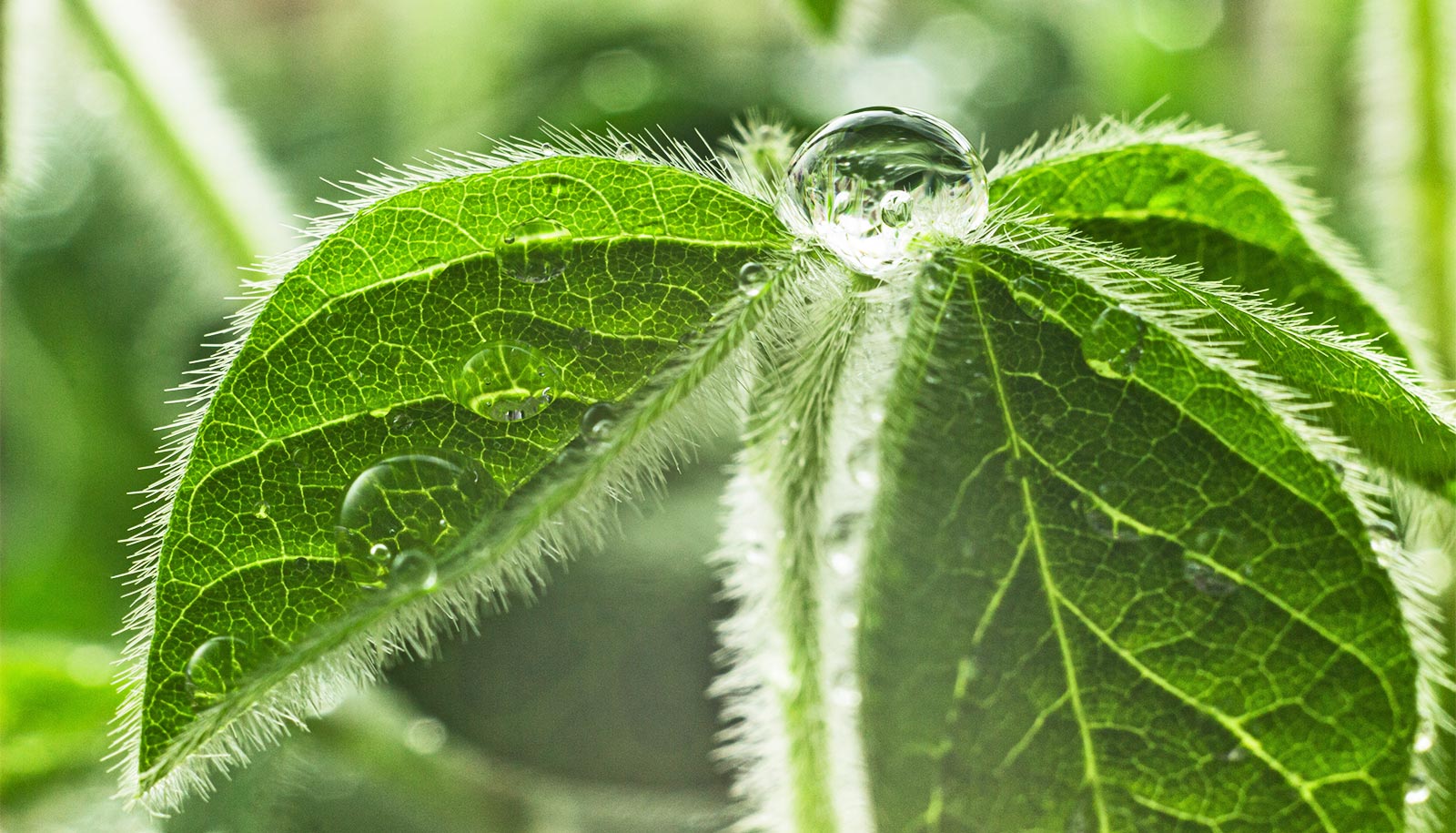Food scientists have created a quick and highly sensitive screening technique that can detect tiny amounts of a common type of synthetic pesticide in vegetables.
The strategy uses magnetic nanoparticles to simplify extraction of the pesticide, pyrethorid, reducing the screening process to under two hours.
These kinds of pesticides are widely used in vegetable farming and while they improve crop yield, eating fruits and vegetables that havee been treated with them can lead to adverse health effects.
Previous methods are able to screen crops for residue, but require costly procedures like column filtration and centrifugation—that can take up to six hours to process and analyze a sample.
To simplify the procedure, Yang Hongshun, assistant professor from the National University of Singapore Food Science and Technology Programme, and his PhD student Yu Xi developed polystyrene coated magnetic nanoparticles that can effectively extract pyrethorid residue from vegetable crops for analysis via simple magnetic separation.
First, they add the nanoparticles into a liquid sample obtained from vegetables, serving as “micro magnets” to attract pyrethroid molecules. They can then wash off the pyrethroids bound on the nanoparticles with a small amount of organic solvent and collect them for analysis.
The analysis takes less than two hours, and detects pyrethroids at a concentration level of as low as 0.02 nanogram per gram of vegetables. Researchers can also reuse the nanoparticles up to 30 times, making this screening approach both time and cost efficient.
“Existing screening methods require long processing time and hence it could be challenging to apply such methods to detect pesticide residue in a large batch of samples, which is vital to ensuring food safety. Our method therefore offers a faster and more effective alternative,” Yang says.
Grocery store program pushed farmers to go green
Researchers can also modify the technique, which could have immense potential for applications in food safety, for different purposes.
“With small modifications to the extraction process, this method can be used to detect pyrethroids in other food products such as nuts, fruits, and vegetable oils. Modifications can also be made to the coating of the nanoparticles to detect other types of pesticides and chemicals including mycotoxins and antibiotics,” says Yu.
Moving forward, the researchers will look into expanding the applications of the technique to enable screening of different chemical hazards in various food types.
The researchers report their findings in the journal Food Chemistry.
Source: National University of Singapore



